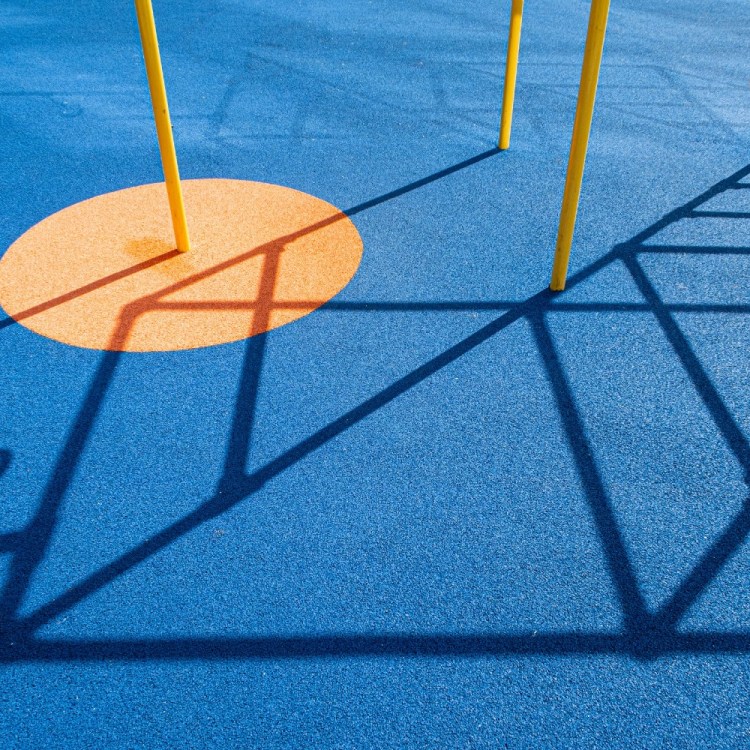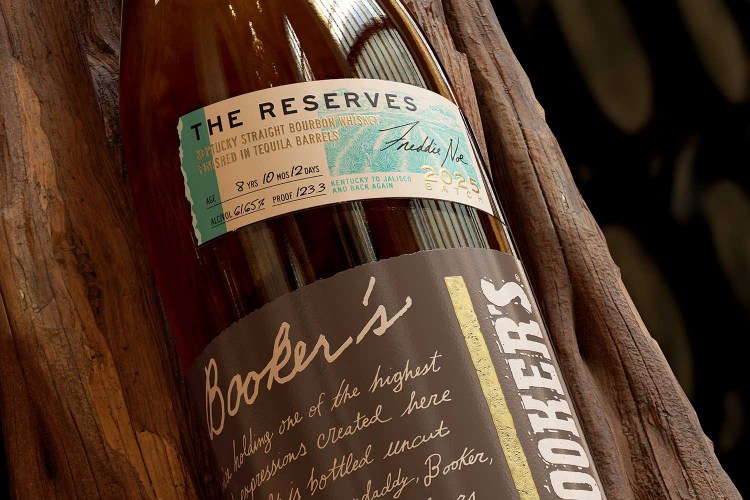I bought my first longboard in the spring of 2018 and brought it to the same place where I learned to ride a bike in the late ’90s — a cemetery with a one-mile outer loop and a maze of paved paths in between.
As the days got longer, I started taking my board out every evening after work. There was no real learning curve, no weight of expectation. Longboards are hefty things (they’re sometimes called “boats”), made for cruising with wide decks and springy trucks. And unlike skateboards — smaller, stiffer, and built for tricks — they’re pretty forgiving.
After a couple of shaky afternoons, now hard to remember — like trying to recall the first awkward conversations with someone who’s now an old friend — I found my speed. I memorized the hills I liked going down. I learned how to approach a stick or pebble in the road, then dance away with a twist of my hips. I bought three more boards. When I moved from the suburbs to the city, I boarded all over Brooklyn.
“Cardio” is a simple concept: any activity that raises your heart rate and uses large muscle groups in a steady rhythm. From there it splits into two categories — high-impact (both feet leave the ground) and low-impact (at least one foot stays down). Think running versus hiking, or jump-roping versus longboarding.
That’s right — longboarding counts as cardio. Over the last seven years, I’ve come to rely on it as a quiet, steady complement to my fitness routine, equal parts transit, therapy and cross-training. I didn’t grow up a skater kid, which might be why I see it differently. It’s low-stakes, low-impact and always freeing. It’s the best low-impact cardio you’re not doing — and no matter how old you are, it isn’t too late to start.
Can the “Flow State” Save Us From Distraction?
Coined by psychologist Mihaly Csikszentmihalyi, flow offers rare clarity. We asked athletes, chefs and musicians how they find it again and again — and how you can, too.A Workout That Doesn’t Feel Like a Workout
Cardio is king. A regular cardio routine doesn’t just help you live better. It helps you live longer. To review, aerobic exercise is able to:
- Lower your blood pressure and cholesterol
- Reduce risk of osteoporosis.
- Strengthen the lungs
- Help you fall asleep
- And facilitate blood flow, which boosts mood
The American Heart Association recommends at least 30 minutes of moderate aerobic activity at least five days a week. Many hear that and choose to count steps. There’s nothing wrong with that; I love counting steps. This publication would be the first to recommend a daily walk. But if walking feels too easy to skip (or running and cycling feel like chores), maybe it’s time to get a little weirder with your cardio.
Using a metabolic equivalent (MET) calculator — which estimates the energy cost of specific activities — we can see just how effective longboarding really is. I weigh 180 pounds. When I cruise on my board for an hour at moderate effort, I burn around 430 calories.
Unexpected Mental Benefits
I’ve come to rely on longboarding as a mindless passage of time, a chance to move throughout the world without needing to do so, or needing anywhere to be. Call it an anti-commute.
When I first began to read about the flow state, I thought almost immediately about all those time-slowing sessions on my longboard. Psychologist Mihaly Csikszentmihalyi, who coined the term, once described flow as a state of “effortless attention.” Your body is fully engaged, your mind is quiet. Flow often arrives during activities that are just challenging enough to hold your focus, but familiar enough to feel natural. That’s longboarding, for me: dynamic but rhythmic, immersive but low-stakes.
Researchers have found that repetitive activities like this — running, swimming and cycling qualify, too — can induce a kind of “moving meditation.” This is called transient hypofrontality: the brain’s default mode network quiets down, and stress levels fall as a result.
It’s Never Too Late to Pick Up a Board
Longboarding coaxes out other dormant capabilities, too: flexibility, balance and stamina are all probed and improved upon when you roll around on a piece of wood attached to wheels.
It’s little wonder the sport was born in Hawaii in the 1950s; whenever the waves were too small, bored-crazy surfers brought their pastime to the islands’ roads and sidewalks. Did they think of longboarding as a workout? Probably not. Many surf bums, even today, don’t consider surfing a workout. But that’s what makes mindless, low-impact cardio activities such a lifehack.
Longboarding is a way to completely lose yourself — sometimes I’ll take a phone call from the board, other times my brain ships off to another planet — all while racking up crucial minutes not spent slouched on the couch. It’s free cardio, basically. Something different. And while you’re probably too old to go learn an ollie at the skate park, a patch of pavement and a longboard is fair game for anyone who values fresh air, a clear mind and a healthy heart.
The Charge will help you move better, think clearer and stay in the game longer. Subscribe to our wellness newsletter today.



























